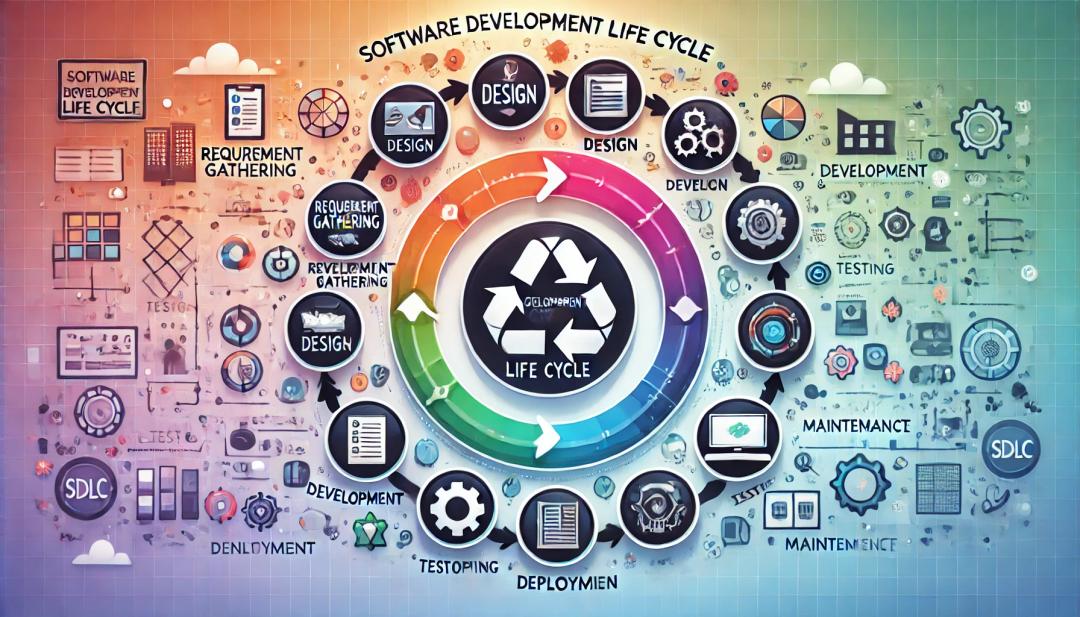Blog Details
The Art of Simplicity
- How Minimalism Improved UI/UX Design

Sajal Mozumder
25 Oct 2024
5 min read
Introduction:
In today’s fast-paced digital world, users crave simplicity. They don’t have time to navigate through cluttered interfaces or figure out complex layouts. Minimalism in design is more than just a trend; it's an approach that elevates user experience (UX) by creating clarity and focus. In the world of UX/UI design, simplicity is the key to removing distractions and helping users achieve their goals efficiently. In this blog, we'll explore how minimalism can enhance the user experience and offer actionable insights on implementing it in your designs.

The key principles of minimalism in UI/UX design.
The core principles of minimalism in UI/UX design are:
- Clarity: Focus on the essentials by eliminating unnecessary elements to enhance usability.
- Visual Hierarchy: Guide users’ attention with size, contrast, and placement to prioritize important content.
- Whitespace: Use negative space to improve readability and reduce clutter.
- Limited Colors: To reduce distractions and highlight key elements, keep the color palette minimal.
- Consistency: Ensure uniformity in typography, icons, and layout for a cohesive experience.
- Content First: Highlight essential content while removing anything that doesn't serve the user’s goal.
- Simple Navigation: Streamline navigation to make it easy for users to move through the design.
- Typography: Opt for clean, readable fonts that contribute to the minimalist aesthetic.
- Usability: Prioritize function over form, ensuring each element serves a purpose.

Advantages of Minimalism in UI/UX Design
Minimalism in UI/UX design offers several benefits, including:
- Enhanced Usability: Streamlined interfaces facilitate easier navigation for users.
- Faster Load Times: Fewer elements mean quicker page loads.
- Improved Focus: Eliminates distractions, guiding users to key content.
- Greater Accessibility: Clean designs are more inclusive for all users.
- Aesthetic Appeal: Minimalism creates a sleek, modern look.
- Easy Maintenance: Less complexity means easier updates.
- Higher Satisfaction: A simple, streamlined experience boosts user satisfaction.
This concise version captures the core benefits!

Why Simplicity Matters in UX/UI Design
At its core, simplicity in design reduces cognitive load. Users can spend their mental energy on something other than how to navigate a cluttered interface. A minimalist approach helps focus on the essentials, streamlining interactions and guiding users toward key tasks with minimal friction.
Minimalism reduces mental clutter, allowing users to focus on essential tasks.
Minimalism Isn't Boring—It's Purposeful
Some may argue that minimalism lacks creativity, but it's quite the opposite. A minimalist design challenges the designer to convey more with less. Every element must have a clear purpose. By removing unnecessary features, minimalist designs create space for meaningful interactions and allow the content to take center stage.
With a minimalist interface, each design element plays a crucial role.
Enhancing Usability with Fewer Elements
By eliminating non-essential design components, usability improves significantly. A user doesn't need to wade through irrelevant options or be overwhelmed by complex layouts. Instead, minimalist interfaces are designed to ensure that users can complete tasks quickly and easily.
Fewer buttons reduce confusion.
Simple navigation helps users find what they need faster.
Whitespace adds clarity and focus.
Whitespace is a powerful tool in minimalist design, guiding the user’s eye naturally.
Minimalist Design for Faster Load Times
When your website or app uses fewer elements, it naturally becomes lighter, resulting in faster load times. This is a crucial benefit in today's fast-paced digital world, where users expect swift performance. Minimalism can make your digital product not only more user-friendly but also more efficient.
Clean designs often lead to a quicker, smoother experience, keeping users engaged.
Building Emotional Connections Through Simplicity
A minimalist design isn't just about aesthetics; it's about creating a sense of calm and trust. By avoiding visual noise, you create a more relaxing and enjoyable user experience. This can help users form emotional connections with the brand, leading to higher satisfaction and retention rates.
Minimalism in Action: Real-World Examples
Some of the best examples of minimalist design come from popular digital platforms:
Google: Its homepage exemplifies minimalism, featuring only a search bar and logo directing users straight to the action.
Apple: Renowned for its sleek, clean interfaces, Apple’s minimalist design philosophy significantly enhances product usability.
These examples show that minimalism can deliver both aesthetic appeal and practical function.
Tips for Implementing Minimalism in Your Designs
Focus on Essential Content Start by identifying what’s necessary for the user. Remove any extra elements that don’t add value. The goal is to maintain a balance where the design is simple but still provides all the information a user needs.
Use Color Purposefully In minimalist design, colors can serve a functional role. Use a limited color palette and apply colors strategically to guide the user's eye or create contrast between key elements like buttons and text.
Prioritize Function Over Form While aesthetics matter, functionality should always come first. If a design looks great but confuses users or impedes functionality, it’s not truly successful.
Conclusion: The Power of Simplicity
Minimalist design is more than just a trend—it’s a powerful approach to improving user experience. Minimalism helps users achieve their goals with less effort and frustration by focusing on clarity, functionality, and purpose. For UX/UI designers, embracing simplicity can result in better engagement, higher user satisfaction, and more seamless interaction between the product and its users.
In a world overflowing with distractions, simplicity shines through. When uncertain, remember that less is often more.
Trendingblogs
Get the best of our content straight to your inbox!
Don’t worry, we don’t spam!





